

Articles
What Is A Gel Fuel Fireplace
Modified: December 7, 2023
Learn all about gel fuel fireplaces and how they work in this informative article. Discover the benefits and drawbacks of using gel fuel as a fireplace fuel alternative.
(Many of the links in this article redirect to a specific reviewed product. Your purchase of these products through affiliate links helps to generate commission for Storables.com, at no extra cost. Learn more)
Introduction
Gel fuel fireplaces have become a popular alternative to traditional wood-burning fireplaces and gas fireplaces. These unique heating appliances offer a convenient and eco-friendly way to enjoy the warmth and ambience of a real fire without the hassle of wood or the need for a gas line. With their sleek and modern designs, gel fuel fireplaces can add a touch of elegance to any room while providing a cozy and inviting atmosphere.
In this article, we will explore the ins and outs of gel fuel fireplaces, including how they work, their advantages and disadvantages, safety considerations, maintenance tips, and how to choose the right one for your space. Whether you are a homeowner looking to upgrade your fireplace or a renter in search of a portable heating solution, this guide will provide you with all the information you need to make an informed decision.
So, let’s dive in and discover the world of gel fuel fireplaces!
Key Takeaways:
- Gel fuel fireplaces offer a convenient, eco-friendly, and stylish alternative to traditional fireplaces, providing clean, smokeless flames and portability for any room in your home.
- While gel fuel fireplaces provide a cozy ambiance and easy maintenance, it’s important to consider factors such as heat output, ongoing fuel costs, and safety measures to ensure safe and efficient operation.
Read more: What Are Gel Candles
How Gel Fuel Fireplaces Work
Gel fuel fireplaces operate using gel fuel canisters that are specially designed for these appliances. The gel fuel is a thick, gel-like substance made from isopropyl alcohol or ethanol, mixed with a gelling agent to give it a solid consistency. When the gel fuel is ignited, it produces a clean, smokeless flame that provides both warmth and a mesmerizing glow.
The gel fuel canisters are typically placed in a designated fuel holder or tray within the fireplace. The fuel holder is usually located underneath or behind a ceramic or tempered glass enclosure, which helps to enhance the safety and aesthetic appeal of the fireplace. Some gel fuel fireplaces also feature log sets or decorative rocks to create the illusion of a traditional wood-burning fire.
Igniting the gel fuel is as simple as using a long-handled lighter or a match. Once the flame is lit, it will continue to burn until the fuel is fully consumed or until you decide to extinguish it. Gel fuel fireplaces do not require any venting or chimneys, as they produce minimal emissions and pollutants. As a result, they can be installed in virtually any room, including apartments, condos, and homes without chimneys.
Unlike wood-burning fireplaces, gel fuel fireplaces do not require any wood logs or kindling to start the fire. This makes them a convenient and mess-free option for those who don’t want to deal with the hassle of storing and handling firewood. The gel fuel canisters also have a long shelf life, allowing you to store them for extended periods and use them whenever you want to create a cozy atmosphere.
It’s worth noting that gel fuel fireplaces do not generate as much heat as traditional wood-burning fireplaces or gas fireplaces. The heat output typically ranges between 3,000 and 9,000 BTUs, depending on the size and design of the fireplace. However, they are still capable of providing a comfortable amount of warmth in smaller spaces, such as bedrooms, offices, or cozy living rooms.
In the next section, we will explore the advantages of gel fuel fireplaces and why they are a popular choice among homeowners and renters alike.
Advantages of Gel Fuel Fireplaces
Gel fuel fireplaces offer a variety of advantages that make them an attractive heating option for many individuals. Let’s take a closer look at some of the key advantages:
- No need for a chimney or venting: One of the biggest advantages of gel fuel fireplaces is that they do not require a chimney or venting. This allows for easy installation in any room and makes them a great option for apartments, condos, or homes without existing chimneys.
- Portability: Gel fuel fireplaces are highly portable, which means you can easily move them from one room to another or even take them with you if you move. This flexibility allows you to enjoy the warmth and ambience of a fireplace in various locations within your home.
- Easy to use: Lighting a gel fuel fireplace is a simple and straightforward process. With just a match or a long-handled lighter, you can easily ignite the gel fuel and enjoy the warmth and soothing glow of a real fire. There is no need to deal with firewood, kindling, or complicated ignition systems.
- Clean and smokeless: Unlike wood-burning fireplaces, gel fuel fireplaces produce no smoke or ash. The gel fuel burns cleanly and efficiently, without emitting any harmful fumes or pollutants into the air. This makes them a healthier and more environmentally-friendly option.
- No electricity required: Gel fuel fireplaces do not rely on electricity to operate, which means that they can provide heat and light even during power outages. This can be especially beneficial in areas prone to blackouts or in emergency situations.
- Ambience and aesthetic appeal: Gel fuel fireplaces add a touch of elegance and sophistication to any space. The mesmerizing flames and the soft crackling sounds they produce create a cozy and inviting atmosphere, perfect for relaxation and social gatherings.
- Low maintenance: Maintaining a gel fuel fireplace is relatively easy and requires minimal effort. There is no need to clean out ashes or worry about chimney inspections. Simply ensure that the fuel canisters are stored properly and follow the manufacturer’s guidelines for safe usage.
These advantages make gel fuel fireplaces an attractive option for those who want the warmth and charm of a real fire, without the hassle and limitations of traditional fireplaces.
Next, we will explore some of the potential disadvantages and safety considerations associated with gel fuel fireplaces.
Disadvantages of Gel Fuel Fireplaces
While gel fuel fireplaces offer many benefits, it is important to consider some of the potential disadvantages before making a decision. Here are a few drawbacks to keep in mind:
- Heat output: Gel fuel fireplaces may not provide as much heat as traditional wood-burning or gas fireplaces. The heat output can vary depending on the size and design of the fireplace, but they are generally more suitable for smaller spaces rather than large rooms or open floor plans.
- Cost of fuel: The cost of gel fuel canisters can add up over time, especially if you use your fireplace frequently. While gel fuel is relatively affordable, it is important to factor in the ongoing expense of purchasing new canisters when considering the overall cost of owning a gel fuel fireplace.
- Odor: Some users have reported a slight odor when burning gel fuel. While this odor is usually minimal and dissipates quickly, it is worth noting if you have a sensitive sense of smell or if you plan to use the fireplace in a small, enclosed space.
- Limited flame control: Unlike gas fireplaces that allow for precise flame control through adjustable knobs or remote controls, gel fuel fireplaces offer limited control over the flame height and intensity. Once the gel fuel is ignited, the flame will burn until the fuel is consumed or extinguished.
- Storage space: Storing extra gel fuel canisters can be a challenge, especially if you have limited storage space in your home. It is important to consider where you will keep the canisters and ensure they are stored safely and out of reach of children or pets.
- Limited availability: While gel fuel canisters are widely available, they may not be as accessible as other types of fuel, such as firewood or gas. It is important to ensure that you have a reliable source for purchasing gel fuel canisters in your area.
Considering these potential drawbacks will help you make an informed decision about whether a gel fuel fireplace is the right choice for your home and lifestyle.
In the next section, we will discuss important safety considerations to keep in mind when using a gel fuel fireplace.
Safety Considerations for Gel Fuel Fireplaces
While gel fuel fireplaces are generally considered safe to use, it is essential to prioritize safety when enjoying the warmth and beauty of a real flame. Here are some important safety considerations to keep in mind:
- Read and follow the manufacturer’s instructions: Before using a gel fuel fireplace, carefully read and understand the manufacturer’s instructions. Follow the recommended guidelines for installation, usage, and maintenance to ensure safe operation.
- Keep flammable materials away: Place the gel fuel fireplace at a safe distance from flammable materials such as curtains, furniture, and other combustible items. Maintain a clear area around the fireplace to prevent accidental fires.
- Use a sturdy and heat-resistant surface: Ensure that the gel fuel fireplace is placed on a stable and heat-resistant surface. This will minimize the risk of the fireplace tipping over or causing damage to flooring or furniture. Avoid placing the fireplace on uneven or flammable surfaces.
- Supervise the flame: Never leave a burning gel fuel fireplace unattended. Always supervise the flame and ensure that it is properly extinguished before leaving the room or going to bed. This helps prevent accidental fires and ensures the safety of your home and loved ones.
- Use proper ventilation: While gel fuel fireplaces produce minimal emissions, it is still important to ensure proper ventilation in the room. Open a window or use a vent if necessary to allow fresh air circulation and prevent the buildup of carbon monoxide.
- Keep a fire extinguisher nearby: It’s wise to have a fire extinguisher readily available in case of emergencies. Make sure you are familiar with how to use it and store it in a location that is easily accessible.
- Keep children and pets away: Gel fuel fireplaces can be attractive to curious children and pets. Ensure that young children and pets are supervised around the fireplace to prevent accidents or burns. Consider using safety gates or barriers to restrict access to the fireplace.
- Properly extinguish the flame: To extinguish the flame, use a snuffer lid or a metal container designed for this purpose. Never attempt to extinguish the flame with water or by blowing on it. Allow the fireplace and fuel canisters to cool down completely before handling or removing them.
- Regular maintenance and inspection: Regularly inspect the gel fuel fireplace for any signs of damage or wear. Clean the fireplace as recommended by the manufacturer and replace any worn-out parts or components.
By following these safety considerations, you can enjoy the warmth and beauty of a gel fuel fireplace while ensuring the well-being of your home and those around you.
Next, let’s discuss maintenance and care tips for gel fuel fireplaces to keep them in optimal condition.
When using a gel fuel fireplace, always follow the manufacturer’s instructions for safe and proper use. Make sure to keep the area around the fireplace clear and never leave it unattended while in use.
Read more: What Are Gel Pillows
Maintenance and Care for Gel Fuel Fireplaces
Proper maintenance and care are essential to keep your gel fuel fireplace functioning effectively and safely. Here are some maintenance tips to keep in mind:
- Clean the fireplace regularly: Dust and debris can accumulate on the surface and inside the fireplace. Clean the exterior with a soft cloth or brush, and remove any ashes or residue left behind. Be sure to follow the manufacturer’s instructions for cleaning specific components.
- Inspect and replace damaged parts: Regularly inspect the fireplace for any signs of damage or wear. Check the fuel holder, burner, and any other components for cracks, leaks, or corrosion. Replace any damaged parts or components to ensure safe and efficient operation.
- Store gel fuel canisters properly: Store extra gel fuel canisters in a cool, dry place, away from direct sunlight and heat sources. Ensure that they are stored in an upright position and out of reach of children and pets.
- Follow proper disposal guidelines: When disposing of empty gel fuel canisters, follow the manufacturer’s instructions. Some canisters can be recyclable, while others may need to be disposed of as regular household waste. Avoid puncturing or crushing the canisters.
- Check for carbon monoxide (CO) detectors: Although gel fuel fireplaces produce minimal emissions, it is still important to have functioning carbon monoxide detectors installed in your home. Regularly test the detectors and replace batteries as needed.
- Ensure proper ventilation: Maintain adequate ventilation in the room where the gel fuel fireplace is installed. This helps to prevent the buildup of carbon monoxide and ensures a safe and comfortable environment.
- Follow manufacturer’s guidelines for fuel usage: Use only the recommended gel fuel for your specific fireplace model. Using improper or alternative fuels can pose safety risks and may void the warranty of the fireplace.
- Keep the area around the fireplace clutter-free: Avoid placing objects or materials near the fireplace that could obstruct the airflow or pose a fire hazard. Keep the surrounding area clean and free from flammable items.
- Follow the recommended schedule for professional inspections: Periodically have a professional inspect your gel fuel fireplace to ensure that it is in good working condition. They can identify any potential issues and perform necessary maintenance or repairs.
By following these maintenance and care tips, you can prolong the lifespan of your gel fuel fireplace and ensure its safe and efficient operation.
Next, let’s move on to discussing how to choose the right gel fuel fireplace for your space.
Choosing the Right Gel Fuel Fireplace for Your Space
When selecting a gel fuel fireplace for your space, there are several factors to consider to ensure that you choose the right one that meets your needs and fits seamlessly into your home decor. Here are some key considerations:
- Size and heating capacity: Determine the size of the room or area you want to heat and choose a gel fuel fireplace with an appropriate heating capacity. Consider the BTU rating to determine if it will provide enough warmth for your space.
- Design and style: Gel fuel fireplaces come in various designs and styles, ranging from traditional to modern. Consider your personal preference and the existing decor of the room in choosing a fireplace that complements the overall aesthetic appeal.
- Installation options: Decide whether you want a freestanding gel fuel fireplace or one that can be mounted on a wall. Consider the space and layout of your room to determine which installation option will work best for you.
- Safety features: Look for gel fuel fireplaces that come with safety features such as tempered glass enclosures, cool-touch surfaces, and automatic shut-off mechanisms. These features enhance the safety of the fireplace, especially if you have children or pets in your home.
- Budget: Set a budget for your gel fuel fireplace purchase and consider the cost of ongoing fuel canisters. Compare prices and quality from different brands to find a fireplace that offers the best value for your money.
- Reviews and ratings: Read customer reviews and ratings of different gel fuel fireplaces to gather insights about their performance, durability, and overall customer satisfaction. This can help you make an informed decision and choose a reliable fireplace.
- Warranty: Check for the warranty offered by the manufacturer. A longer warranty period indicates the manufacturer’s confidence in their product’s quality and provides you with peace of mind in case of any potential issues.
- Additional features: Consider any additional features or options you might want in a gel fuel fireplace. This could include remote control operation, adjustable flame settings, or the ability to switch between gel fuel and other fuel types.
- Energy efficiency: Look for gel fuel fireplaces that are energy-efficient and have high fuel utilization rates. This ensures that you get the most out of each gel fuel canister and reduces your overall energy consumption.
By taking these factors into account, you can narrow down your choices and select a gel fuel fireplace that fits perfectly into your space, meets your heating needs, and enhances the overall ambiance of your home.
Next, let’s move on to discussing the installation and placement of a gel fuel fireplace.
Installation and Placement of a Gel Fuel Fireplace
Installing and placing a gel fuel fireplace requires careful consideration to ensure both safety and optimal functionality. Here are some guidelines to follow:
- Select a suitable location: Choose a location for your gel fuel fireplace that is away from flammable materials and provides ample space for proper ventilation. Avoid placing the fireplace near curtains, furniture, or other combustible items.
- Check local building codes and regulations: Before installing a gel fuel fireplace, make sure to check your local building codes and regulations to ensure compliance. Some areas may have specific requirements for fireplace installations.
- Follow manufacturer’s instructions: Carefully read and follow the manufacturer’s instructions for installation. Each gel fuel fireplace may have specific requirements and recommendations that should be followed for safe and effective installation.
- Prepare the installation site: Clear the installation area of any obstructions or debris. Ensure that the surface where the fireplace will be placed is sturdy, level, and heat-resistant to prevent tipping or damage to the floor or furniture.
- Install any necessary mounting hardware: If you are installing a wall-mounted gel fuel fireplace, follow the manufacturer’s instructions for installing any required mounting brackets or hardware. Make sure the fireplace is securely attached to the wall.
- Set up the fuel holder or tray: Position the fuel holder or tray in the designated area within the fireplace. Be sure to follow the manufacturer’s instructions on proper placement and attachment of the fuel holder to ensure safe operation.
- Place protective barriers: If you have children or pets, consider placing protective barriers around the gel fuel fireplace to prevent accidental contact with the flame or hot surfaces. Safety gates or screens can help create a barrier while still allowing you to enjoy the view of the fire.
- Ensure proper ventilation: Gel fuel fireplaces require proper ventilation to prevent the buildup of carbon monoxide. Make sure there is adequate airflow in the room, either through natural ventilation or by opening windows or using a vent if necessary.
- Test the fireplace: Once the gel fuel fireplace is installed, carefully test it to ensure everything is functioning correctly. Ignite the gel fuel according to the manufacturer’s instructions and monitor the flame for stable and consistent burning.
- Consider professional installation: If you are uncertain about the installation process or want to ensure everything is done correctly, consider hiring a professional to install your gel fuel fireplace. They have the expertise and experience to handle the installation safely and efficiently.
By following these installation guidelines, you can ensure a safe and successful installation of your gel fuel fireplace and maximize your enjoyment of its cozy warmth and captivating flames.
In the next section, we’ll address some commonly asked questions about gel fuel fireplaces to provide further clarity and information.
Frequently Asked Questions about Gel Fuel Fireplaces
Here are some commonly asked questions and answers about gel fuel fireplaces:
- Are gel fuel fireplaces safe to use indoors?
- Can I use gel fuel fireplaces in apartments or rental properties?
- Does a gel fuel fireplace provide enough heat?
- How long does gel fuel last?
- Can I use gel fuel fireplaces for cooking or heating food?
- Are gel fuel canisters refillable?
- Do gel fuel fireplaces produce smoke or odor?
- Can I use any type of gel fuel in my fireplace?
- Can I use gel fuel outdoor?
- Do gel fuel fireplaces require any maintenance?
Yes, gel fuel fireplaces are safe to use indoors. They produce minimal emissions and do not require venting or chimneys. However, it is important to follow safety guidelines, such as keeping a clear area around the fireplace and ensuring proper ventilation.
Yes, gel fuel fireplaces are a great option for apartments or rental properties. They do not require a permanent installation or infrastructure like gas fireplaces or wood-burning fireplaces. Gel fuel fireplaces can be easily installed and removed without damaging the space.
Gel fuel fireplaces provide a cozy ambiance and a modest amount of heat. The heat output can vary depending on the size and design of the fireplace. While they may not be as powerful as traditional wood-burning fireplaces or gas fireplaces, they can still provide sufficient warmth in smaller spaces.
The burn time of gel fuel can vary depending on various factors, such as the size of the fireplace and the size of the gel fuel canister. On average, a 13-ounce canister of gel fuel can burn for approximately 2-3 hours. However, it’s always best to check the specific burn time indicated by the manufacturer.
No, gel fuel fireplaces are not designed for cooking or heating food. They are intended for creating a cozy and inviting atmosphere. Using them for cooking or heating food can be dangerous and may release harmful fumes or result in accidents.
No, gel fuel canisters are usually designed for single-use. They are disposable and should be used according to the manufacturer’s instructions. Attempting to refill or reuse the canisters can lead to safety hazards and should be avoided.
No, gel fuel fireplaces produce minimal smoke and usually have no noticeable odor. However, some users may detect a slight odor when the gel fuel is burning. This odor is typically temporary and dissipates quickly.
No, it is important to use the gel fuel recommended by the manufacturer for your specific fireplace model. Using the wrong type of gel fuel can lead to safety issues and may void the warranty of the fireplace. Always follow the manufacturer’s guidelines.
Gel fuel fireplaces are primarily designed for indoor use. While it is possible to use them outdoors, it is important to consider the wind conditions and the safety of the fuel source. Gel fuel canisters may not perform as efficiently in outdoor environments, and wind gusts may cause the flame to flicker or extinguish.
Gel fuel fireplaces require minimal maintenance compared to traditional fireplaces. Regular cleaning and inspection of the fireplace and proper storage of gel fuel canisters are important. Following the manufacturer’s guidelines for maintenance and care will help ensure the fireplace remains in optimal condition.
These are just some of the frequently asked questions about gel fuel fireplaces. If you have any specific concerns or questions about your gel fuel fireplace, refer to the manufacturer’s instructions or consult with a professional in the industry.
Now, let’s conclude our guide to gel fuel fireplaces.
Read more: What Is Gel Memory Foam
Conclusion
Gel fuel fireplaces offer a convenient and stylish way to bring the warmth and beauty of a real fire into your home. With their ease of use, clean-burning properties, and versatile installation options, they have become a popular choice among homeowners and renters alike.
In this comprehensive guide, we have explored how gel fuel fireplaces work, their advantages and disadvantages, important safety considerations, maintenance tips, and how to choose the right fireplace for your space. We discussed the convenience of gel fuel fireplaces, as they require no chimneys, offer portability, and are easy to use with no need for wood or gas.
One of the key advantages of gel fuel fireplaces is their clean and smokeless burn, eliminating the need for chimney cleaning and minimizing the impact on indoor air quality. They create a cozy and inviting atmosphere, adding charm and elegance to any room.
However, it is important to consider the limitations of gel fuel fireplaces, such as their relatively lower heat output and the ongoing cost of fuel canisters. It is also crucial to follow proper safety measures, including maintaining proper ventilation, keeping flammable materials away, and supervising the flames.
Regular maintenance and care, such as cleaning the fireplace and storing gel fuel canisters properly, will help prolong the lifespan of your gel fuel fireplace and ensure its safe and efficient operation. When choosing a gel fuel fireplace, consider factors such as size, design, safety features, budget, and installation requirements.
By understanding the ins and outs of gel fuel fireplaces and following the guidelines provided in this article, you can create a cozy and inviting ambiance in your home while enjoying the convenience and eco-friendly nature of gel fuel fireplaces.
Whether you are looking to upgrade your current fireplace or searching for a portable heating solution, gel fuel fireplaces offer an attractive alternative. Embrace the warmth, comfort, and aesthetic appeal they provide, and transform your living space into a cozy haven.
Frequently Asked Questions about What Is A Gel Fuel Fireplace
Was this page helpful?
At Storables.com, we guarantee accurate and reliable information. Our content, validated by Expert Board Contributors, is crafted following stringent Editorial Policies. We're committed to providing you with well-researched, expert-backed insights for all your informational needs.
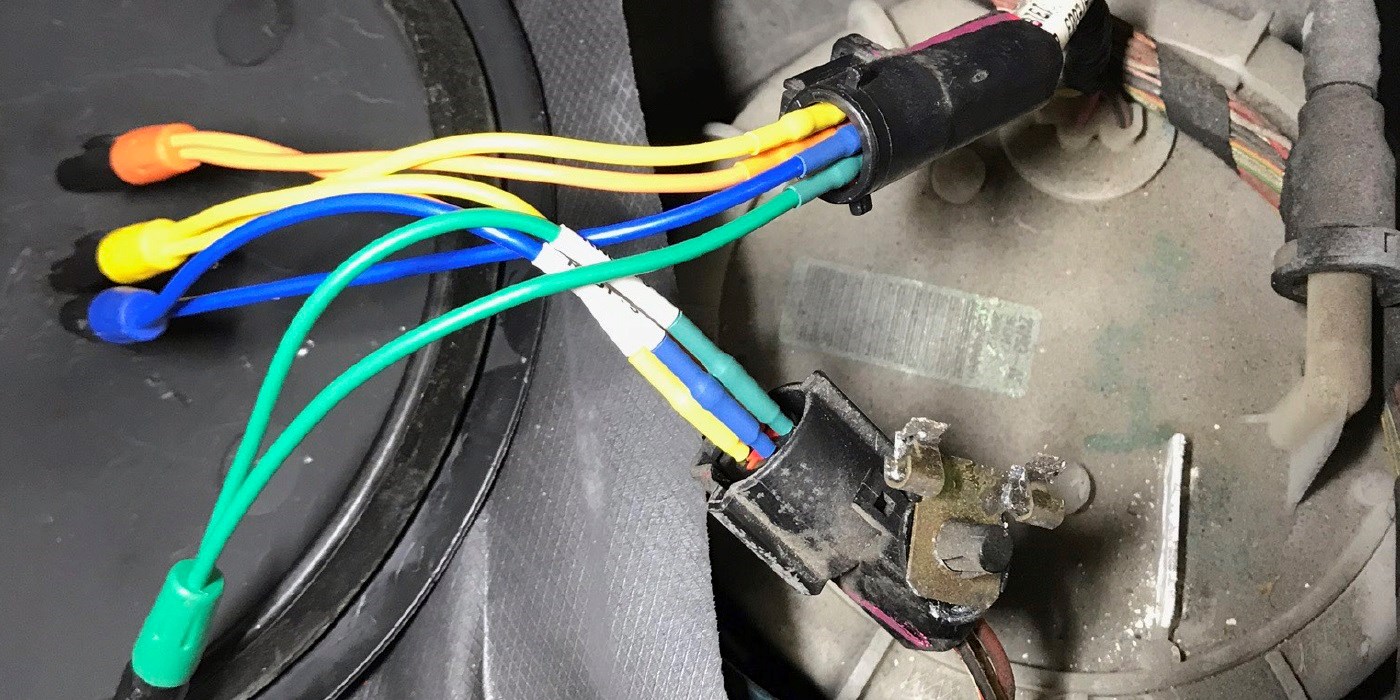
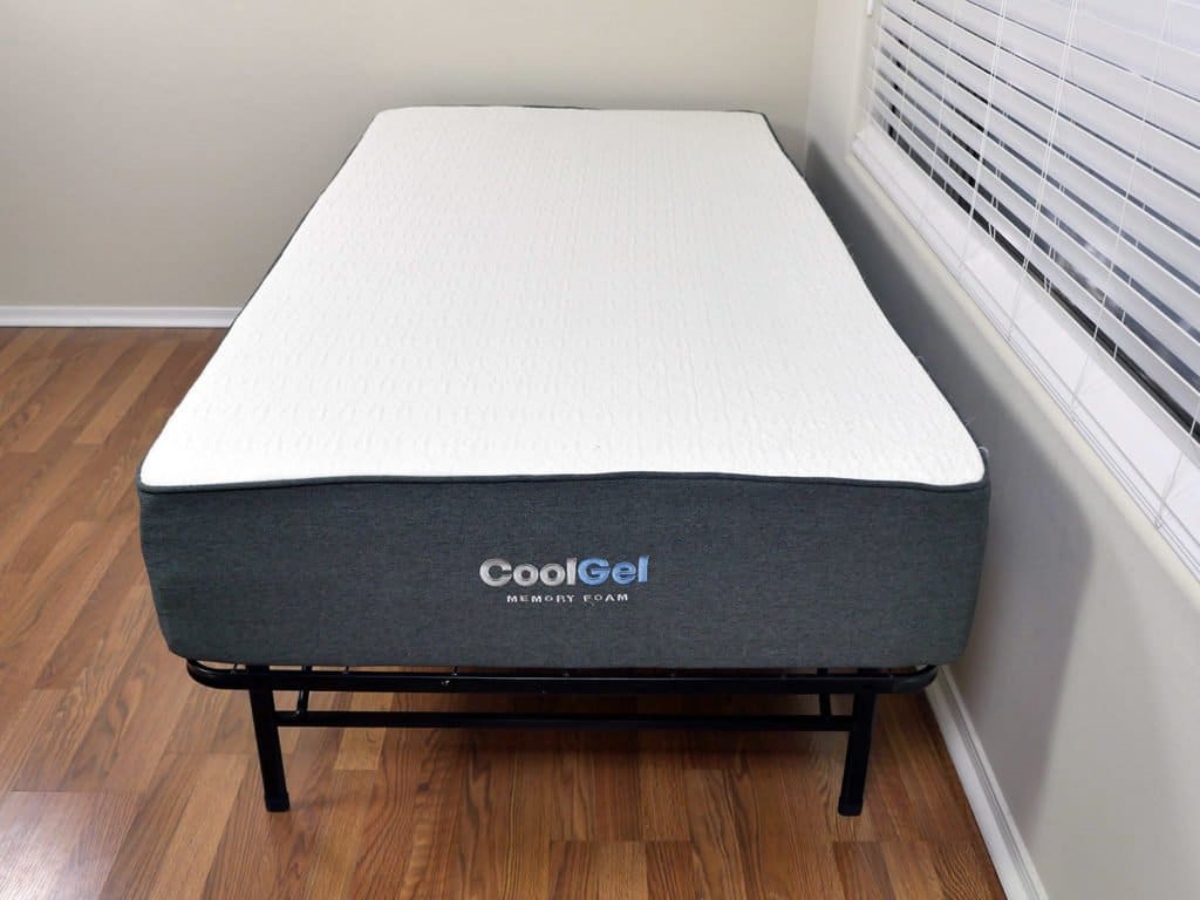

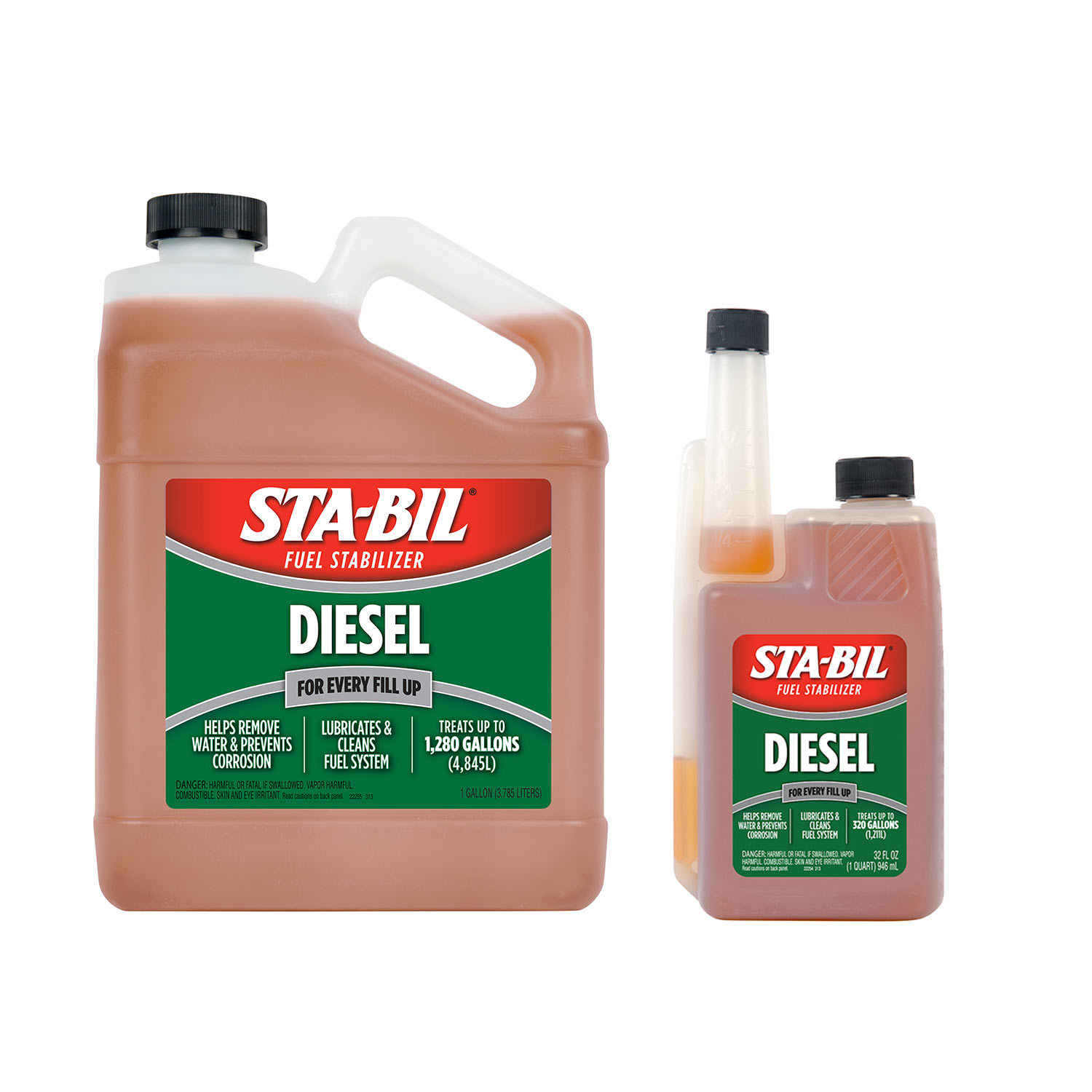
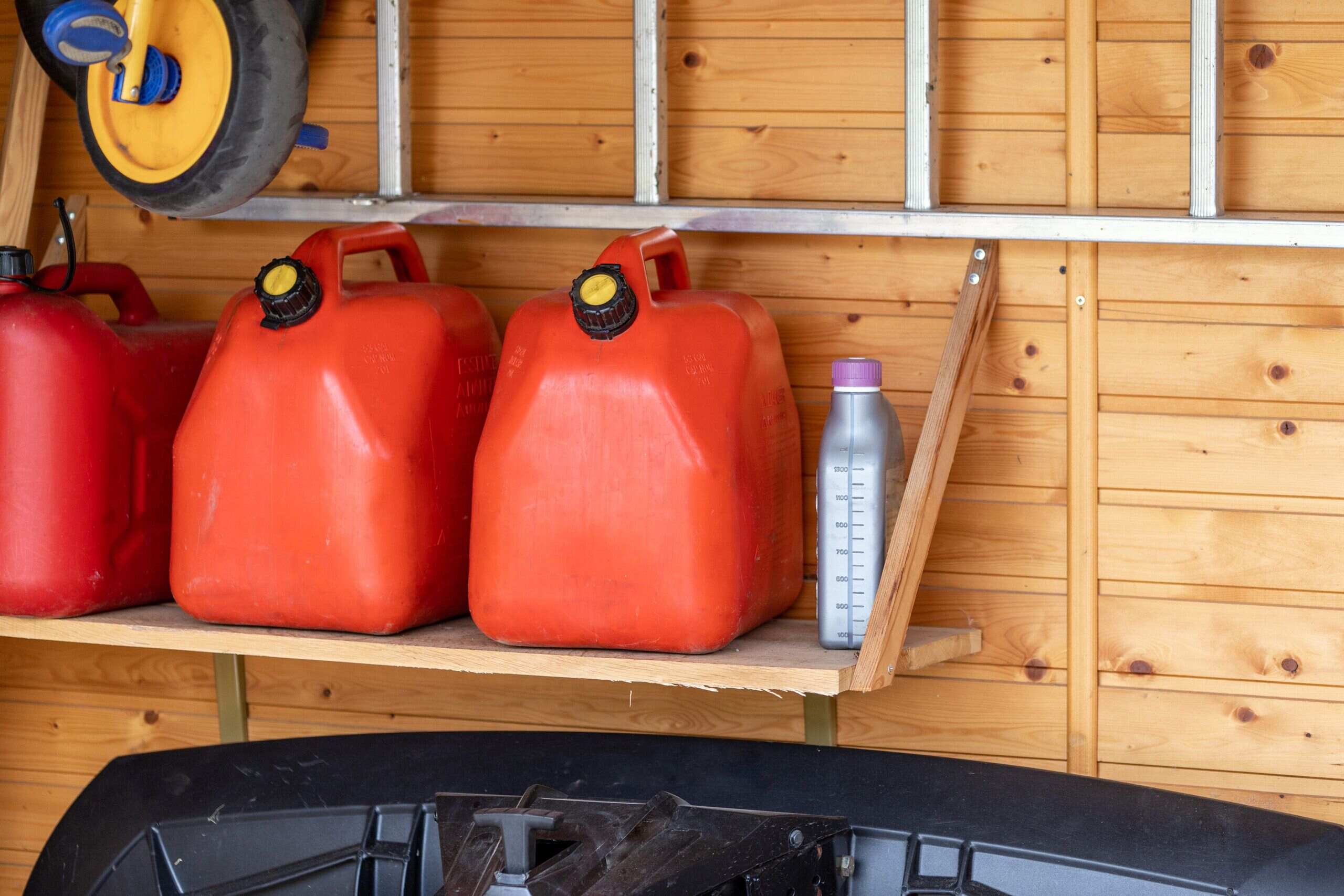
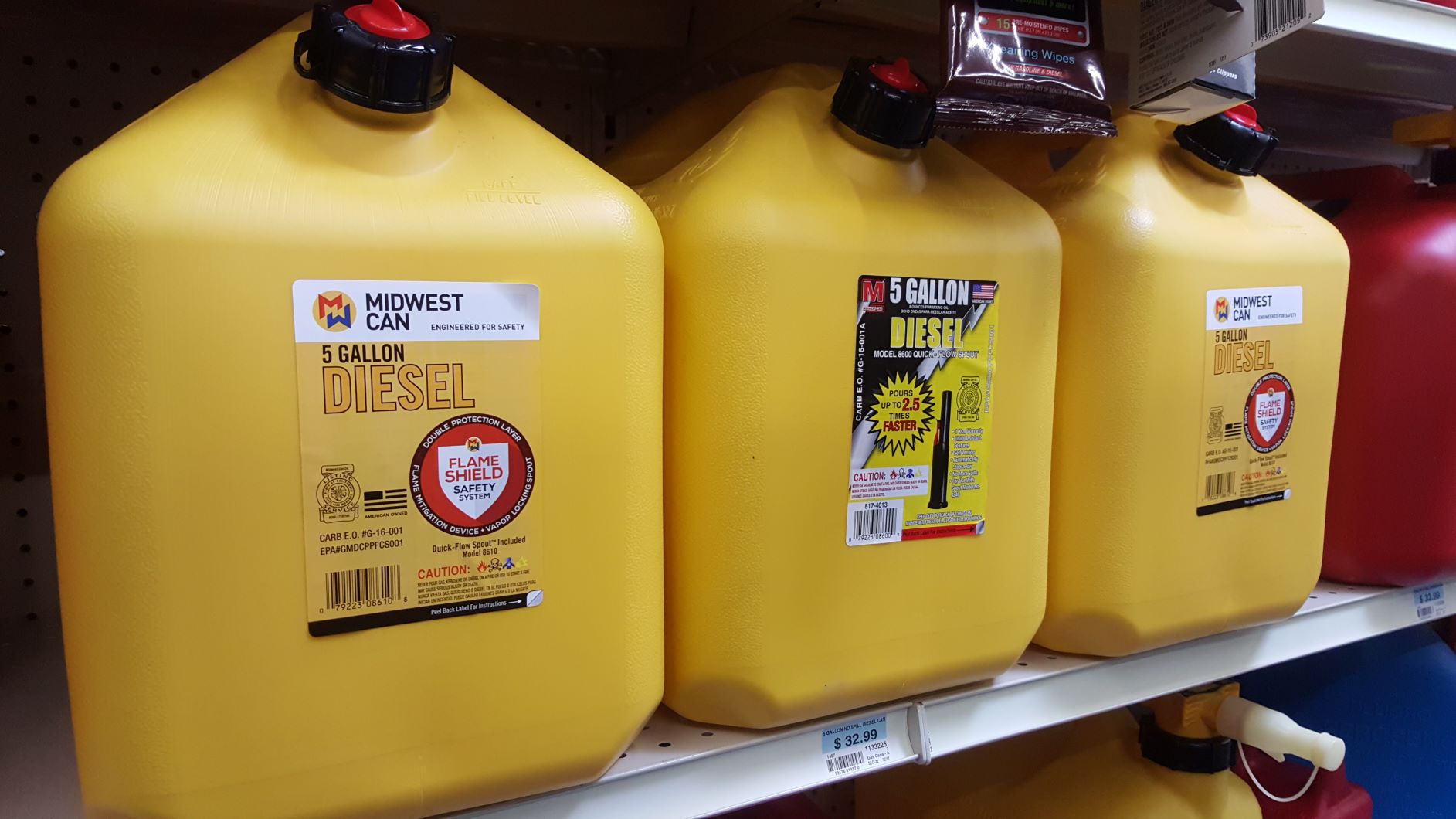

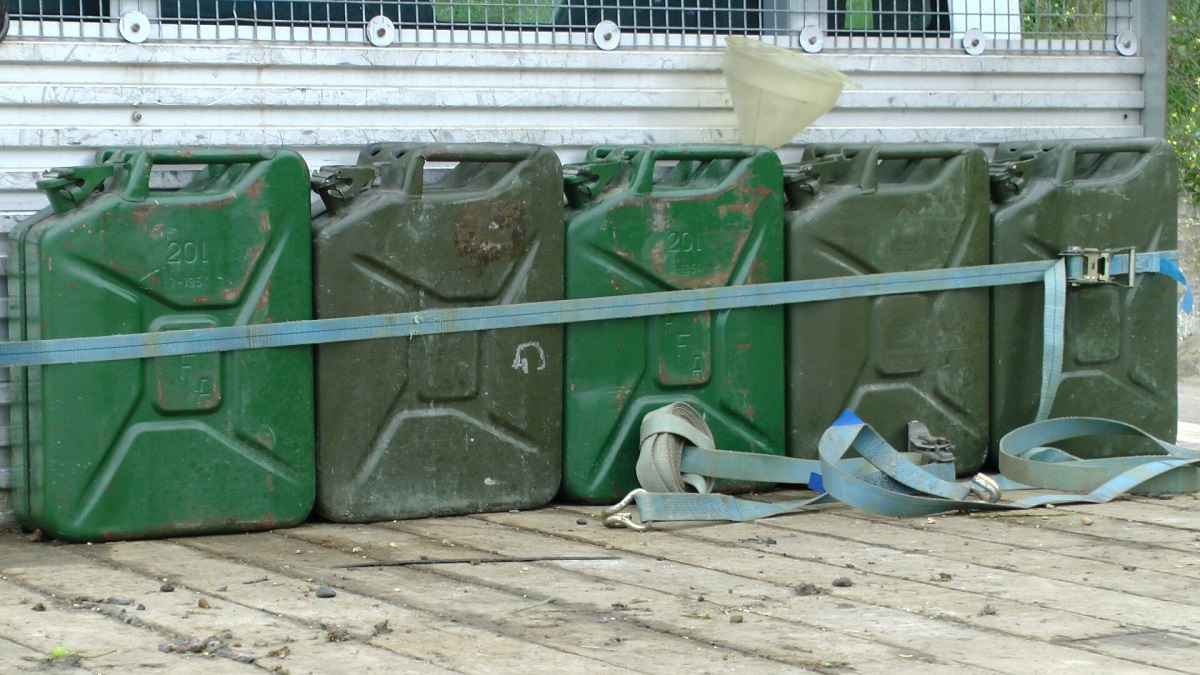
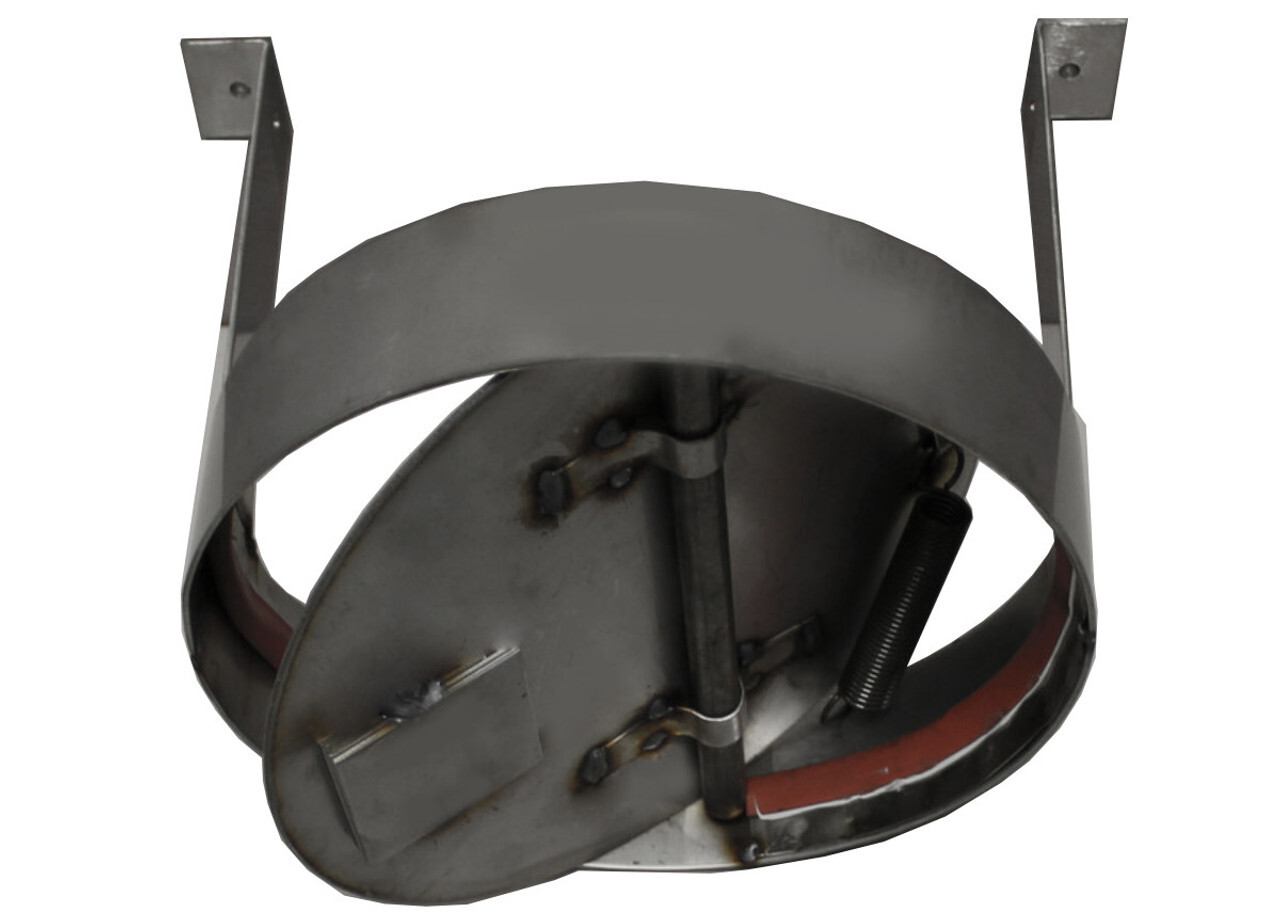

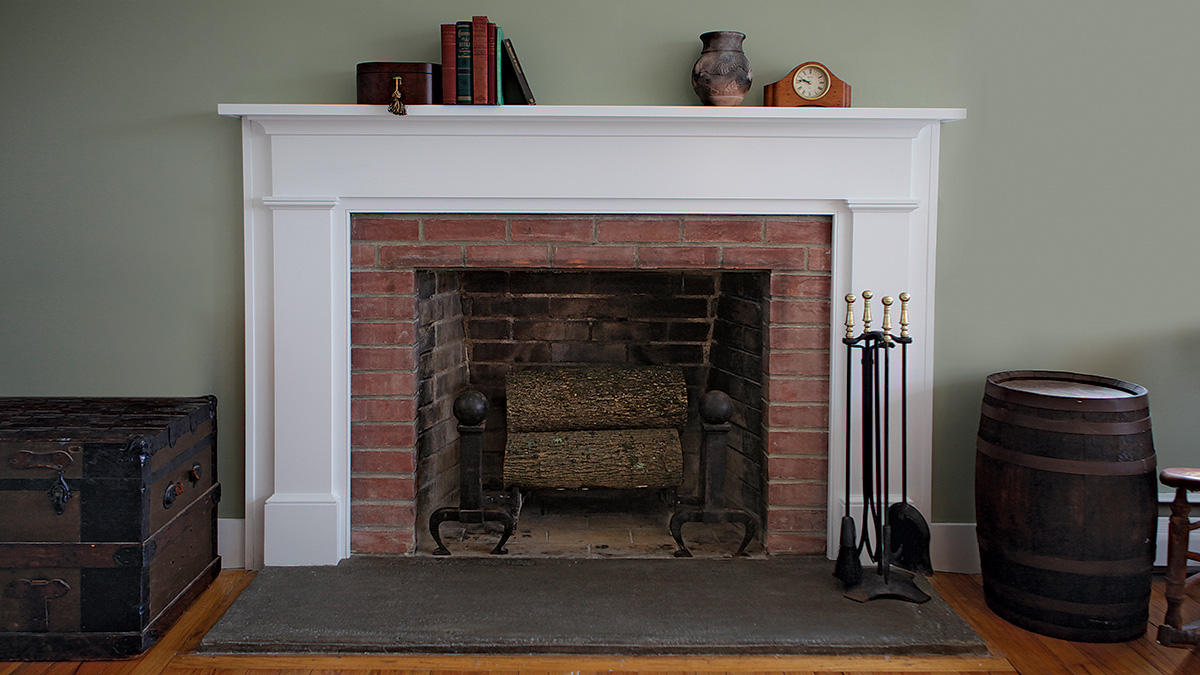



0 thoughts on “What Is A Gel Fuel Fireplace”